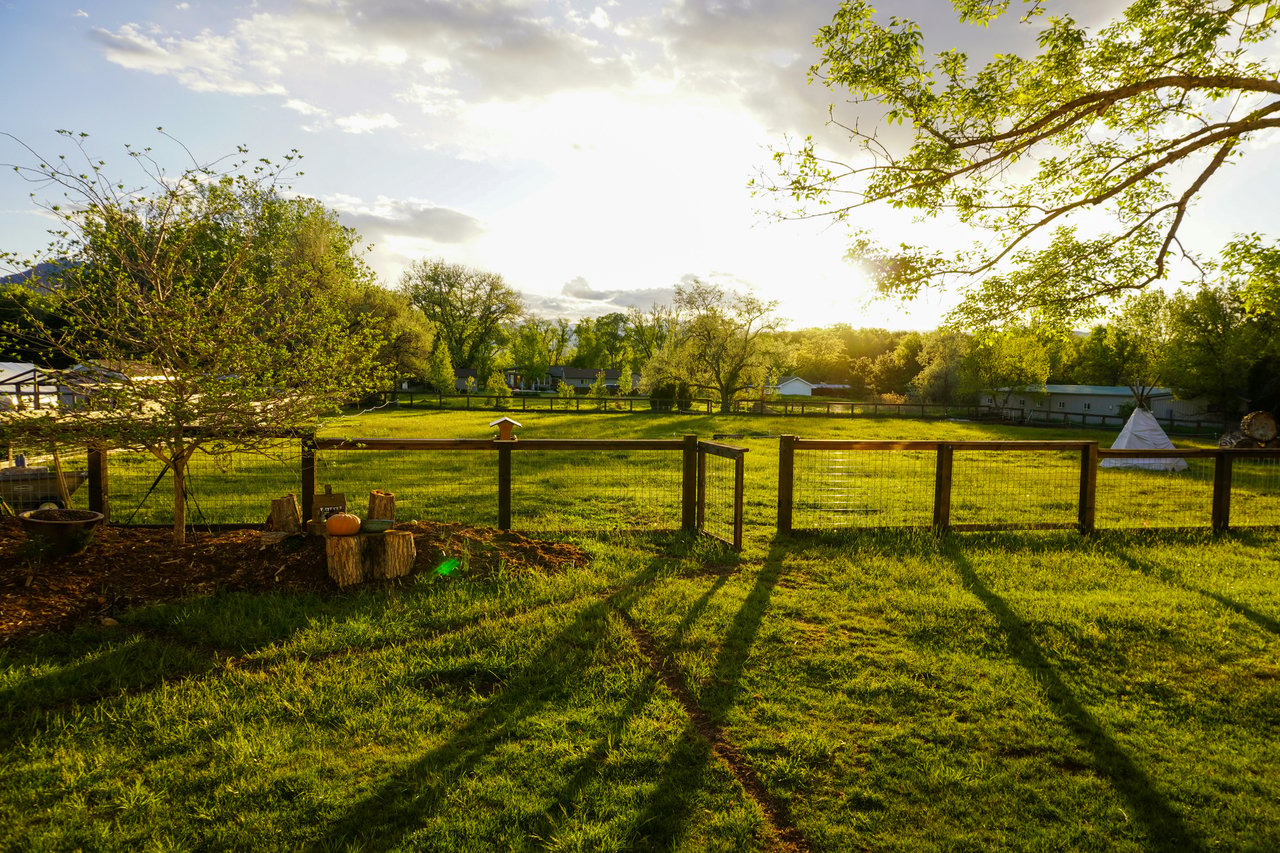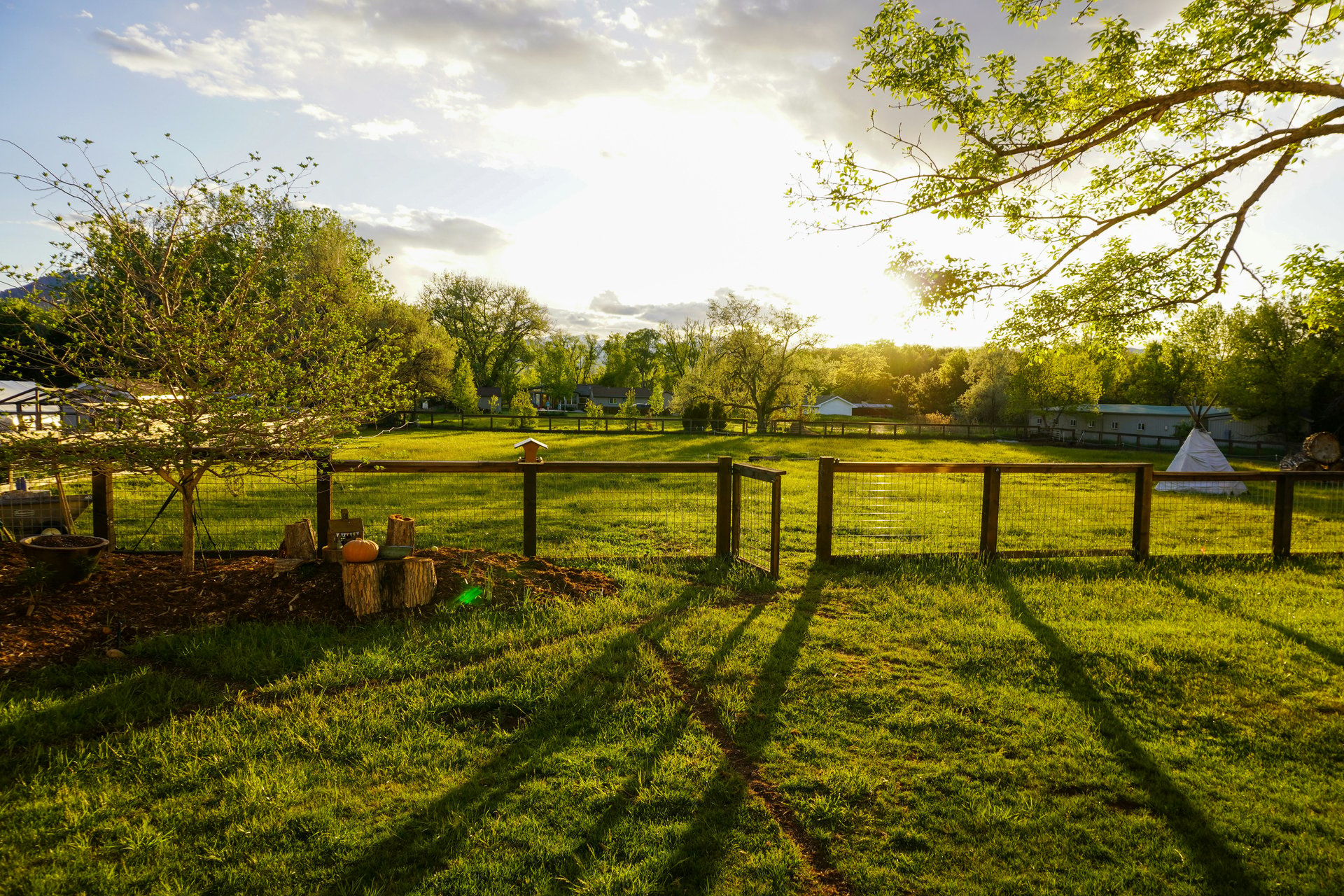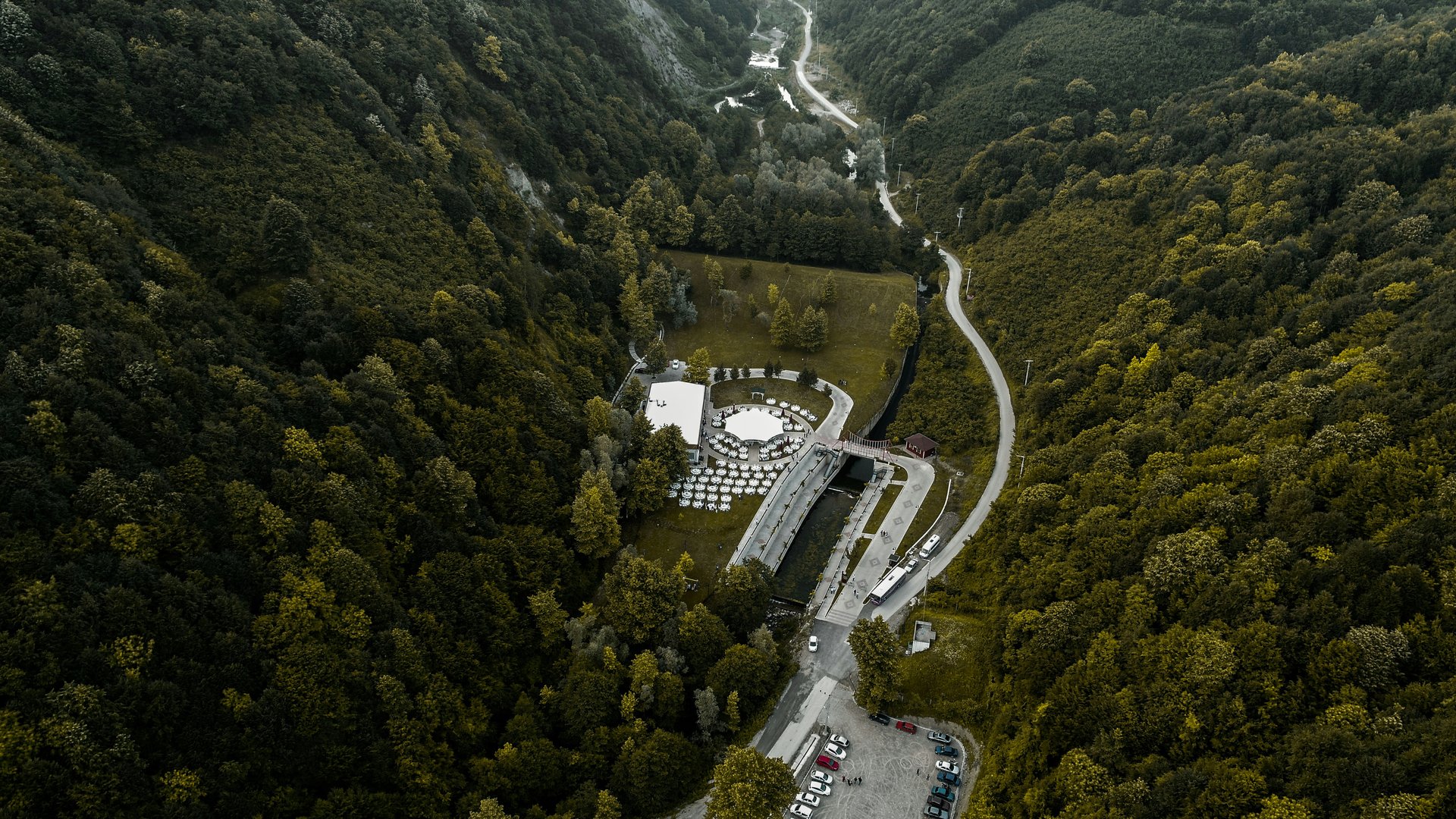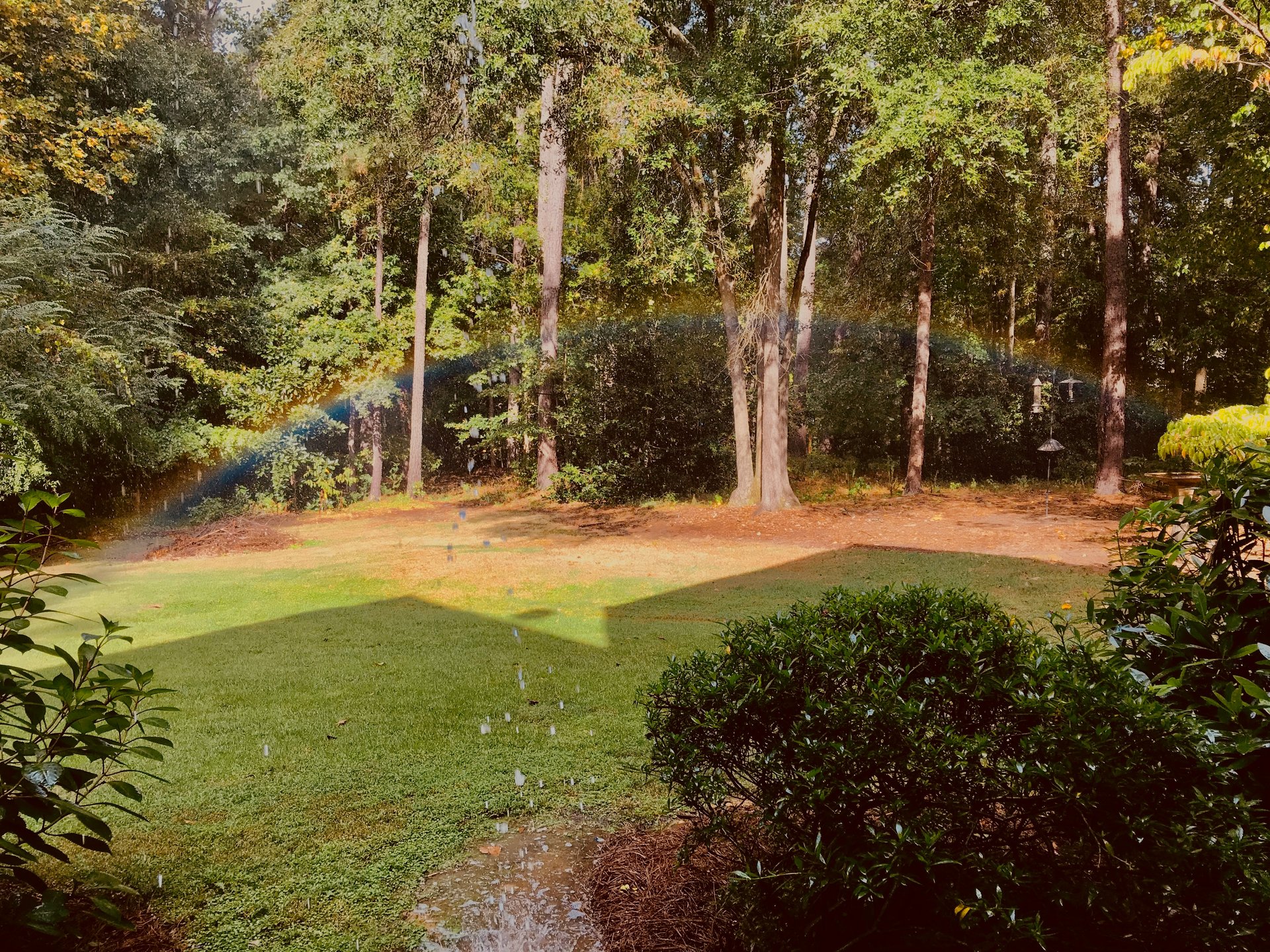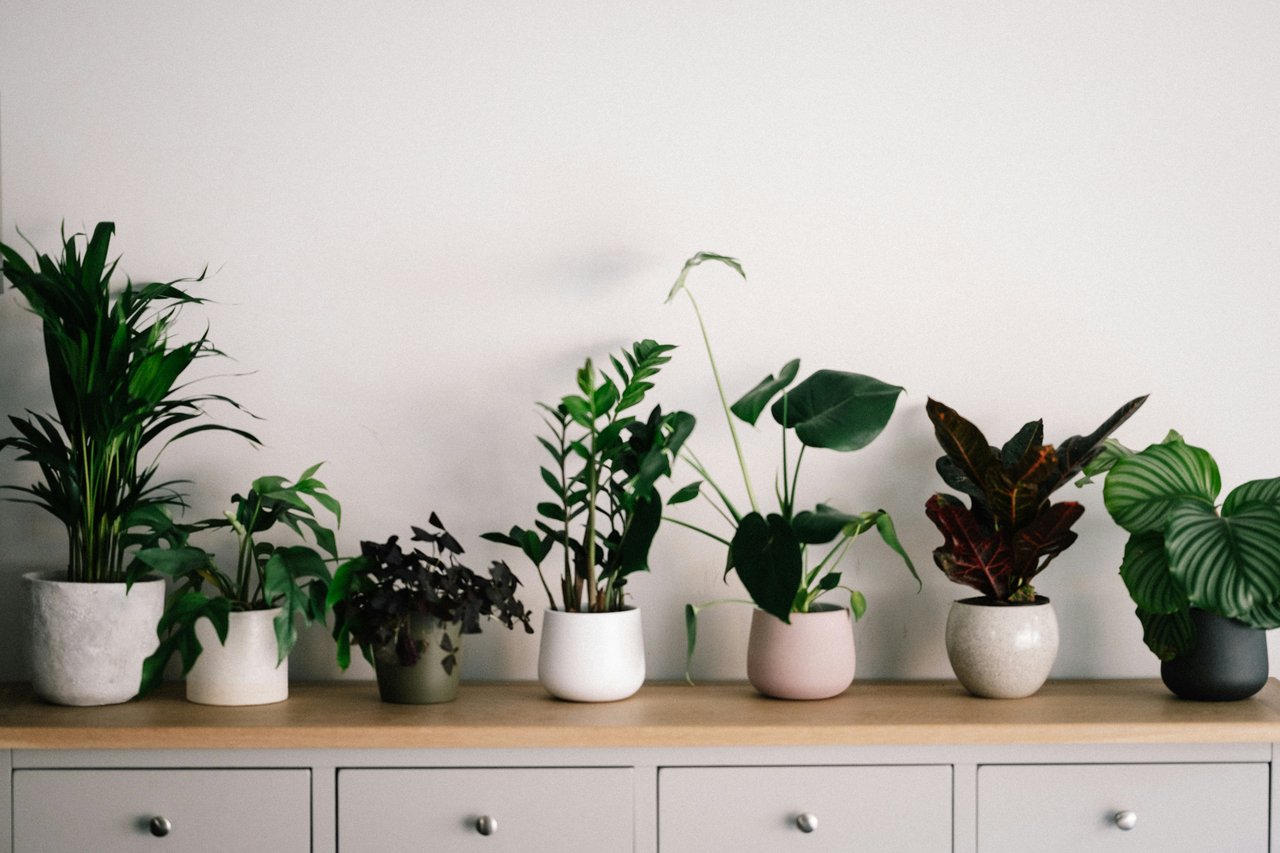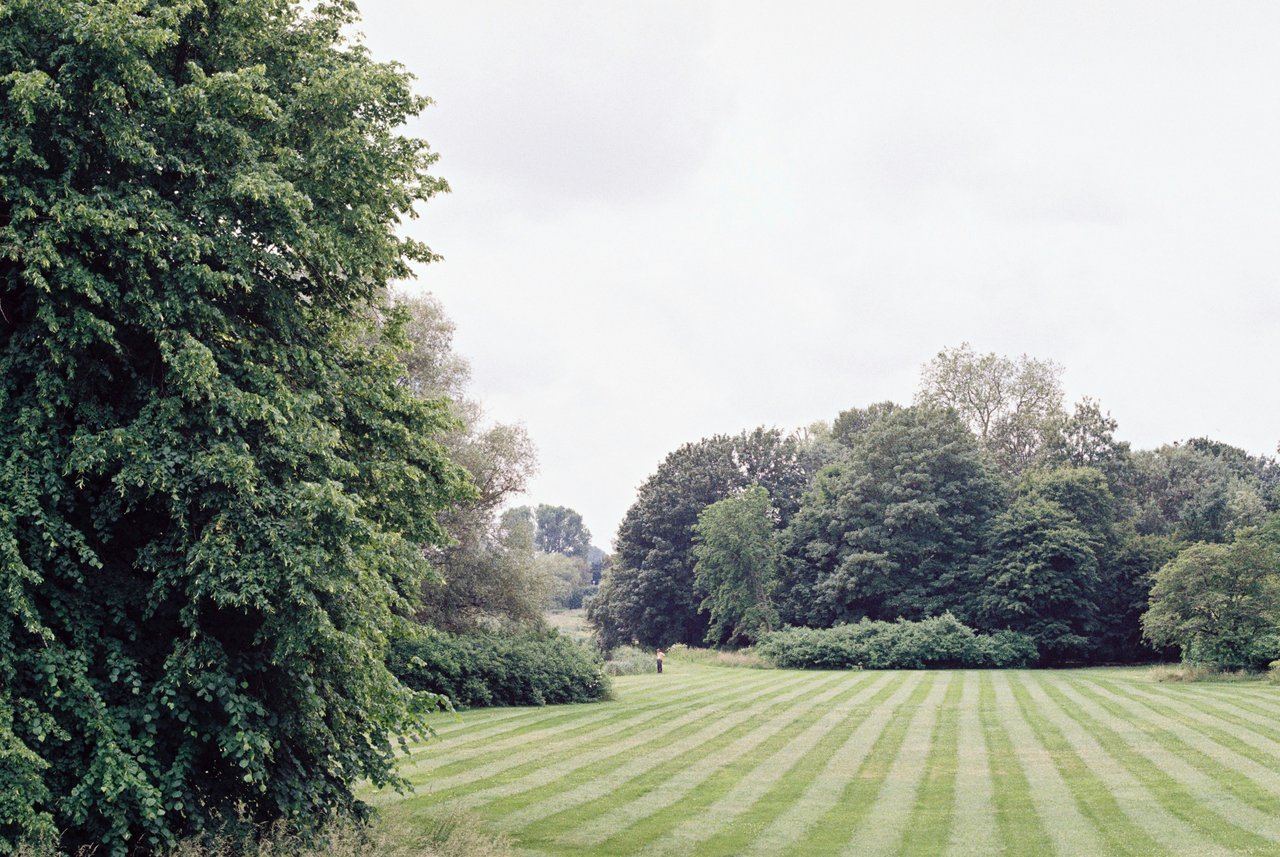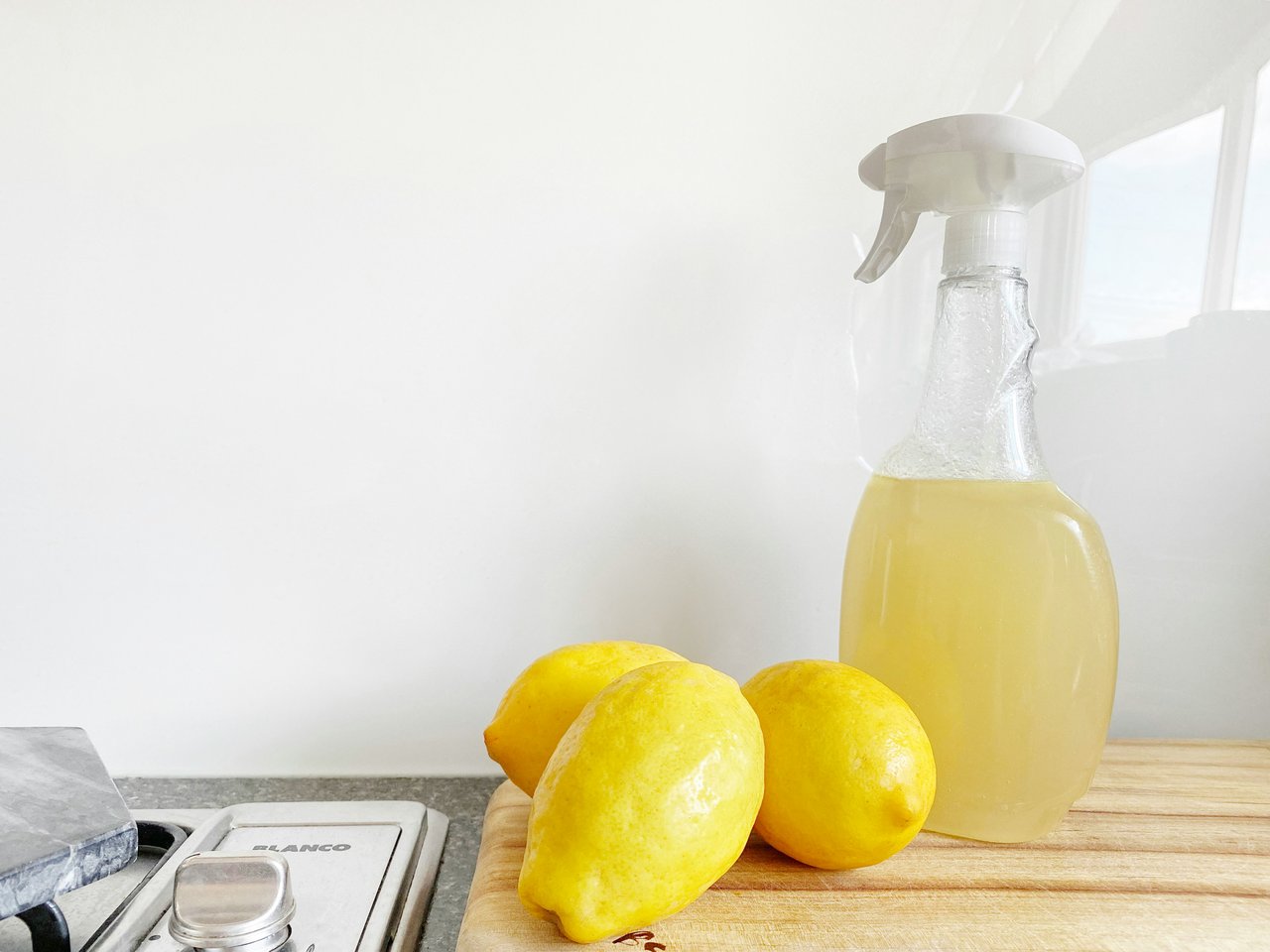Guardians of Time: The Longest-Living Trees for Your Property
Planting a tree is an act of hope, an investment in the future, and a way to leave a legacy. Some trees, however, have a far longer story to tell than others. Imagine planting a tree today that could stand for generations—even centuries! Let’s explore some of the longest-living tree species that could adorn your property and stand as sentinels of time.
1. Bristlecone Pine (Pinus longaeva)
Lifespan: Over 5,000 years
The bristlecone pine is one of the oldest living organisms on Earth. Found primarily in the high-altitude regions of the western United States, these trees thrive in harsh, rocky soils. While they might not be the fastest growers or the most towering giants, their weathered, ancient appearance carries a timeless beauty.
Best for: Properties with poor soil and minimal water, in dry and mountainous regions.
2. Giant Sequoia (Sequoiadendron giganteum)
Lifespan: Up to 3,000 years
The giant sequoia is a true marvel, both for its immense size and longevity. Native to California, these trees can grow over 300 feet tall. They require a lot of space and specific conditions but reward their caretakers with a towering legacy.
Best for: Large properties with deep, well-drained soil in cooler climates.
3. Oak Trees (Quercus spp.)
Lifespan: 200–1,000+ years
Oaks are sturdy, majestic, and long-lived trees that adapt well to various climates. From the sprawling live oaks of the southern U.S. to the towering white oaks of the northeast, these trees symbolize strength and endurance.
Best for: Medium to large properties; adaptable to different soils and climates.
4. Eastern Red Cedar (Juniperus virginiana)
Lifespan: 800–1,000 years
Despite its name, the Eastern red cedar is a type of juniper. It is a hardy, low-maintenance tree that thrives in poor soil conditions and provides excellent shelter for wildlife. Its aromatic wood has been used for centuries to craft furniture and chests.
Best for: Small to medium properties; thrives in dry or rocky soils.
5. Olive Tree (Olea europaea)
Lifespan: 1,000–2,000 years
Olive trees are ancient symbols of peace and prosperity. Their gnarled trunks and silver-green leaves make them a beautiful addition to any property. Plus, they’re functional! These trees produce olives for oil or culinary use.
Best for: Mediterranean climates with mild winters and dry summers.
6. Yew (Taxus baccata)
Lifespan: 1,500–5,000 years
The yew tree is steeped in myth and history, often associated with churchyards in Europe. With its dark green foliage and red berries, the yew is both ornamental and enduring.
Best for: Shaded areas on properties in cooler climates.
Why Plant Long-Living Trees?
- Environmental Impact: Long-living trees store carbon, provide oxygen, and support biodiversity for centuries.
- A Living Legacy: Planting such trees ensures that your property will have a story to tell for generations to come.
- Property Value: Mature, well-cared-for trees enhance curb appeal and can significantly boost property value.
Tips for Planting Long-Living Trees
- Plan for Growth: Make sure you have enough space for the tree’s full size.
- Choose Native Species: Native trees are more likely to thrive with minimal maintenance.
- Care for the Roots: Healthy roots are the foundation of a long-lived tree. Avoid compacting soil around the base.
Planting a long-living tree is more than landscaping—it’s a testament to endurance and the beauty of nature. Whether you’re dreaming of a bristlecone pine that might outlive civilizations or an oak that will shade generations, choosing a tree with longevity is a meaningful and impactful choice.
What legacy will you leave on your property?
